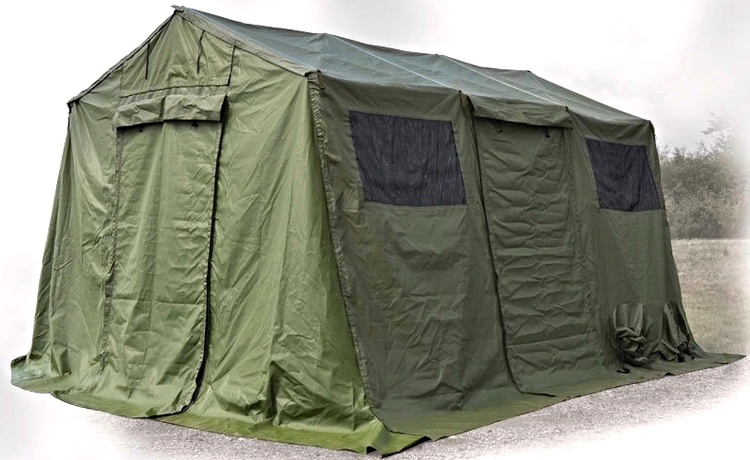Whether you're interested in doing your own transmission repair or just want to have a discussion with your manual transmission rebuild mechanic, knowing the parts that make up this important system is a bit of knowledge. Even if you're not the least bit interested in how your car works, a little knowledge of it can protect you from theft at your local auto dealer.
By knowing what goes into the system, you'll also be able to make a better "off the cuff" diagnosis when you start hearing problems. While this may not be enough to act on, it can give you an idea of what to expect when you bring it into the shop. Here are some of the key parts of the system.

The Bell Housing
This is what you see when you pop open the hood and take a gander at your system. Transmission repair begins here for any mechanic. They'll have to get into this metal case in order to see any problems that might be occurring. It should be noted that if you have a rear-wheel drive vehicle, you'll see the bell housing underneath the car, rather than under the hood. If you have a front-wheel-drive car, you'll see it right beside the engine. Most of these cases are conical in shape.
Gears
Even a car that runs on an automatic has a set of gears. This is the heart of what allows your car to go faster. Inside the bell housing is a set of these gears, ranging from main gears to planetary ones. Without any of these gears, you're not going to get very far. When you're experiencing trouble shifting from one to the next, the problem could be centered here.
Fluid
One of the most important aspects of transmission repair is also one of the simplest. The fluid, usually red in color, allows the smaller parts of the system to run smoothly without creating too much heat and friction. When your car starts leaking this fluid (or burning it off), it can bring your car to a grinding halt in a short period of time. Talk to your mechanic about the problem if you start noticing a burning smell or have seen red pools in your driveway.

